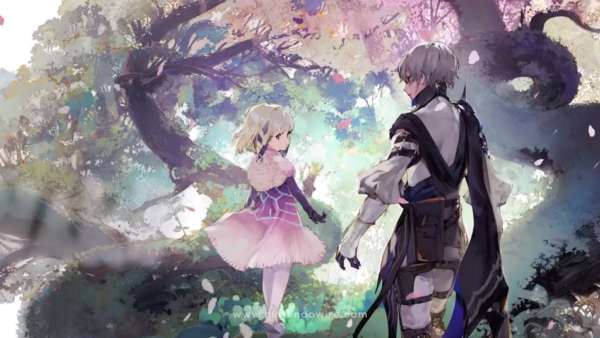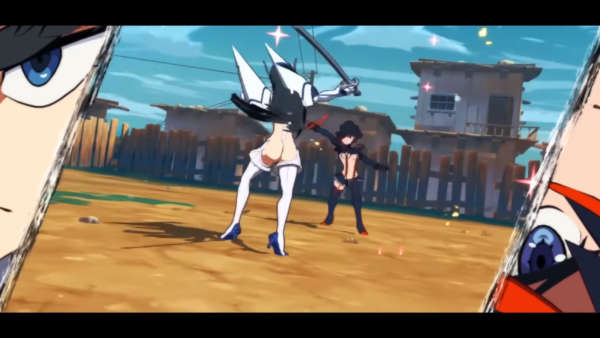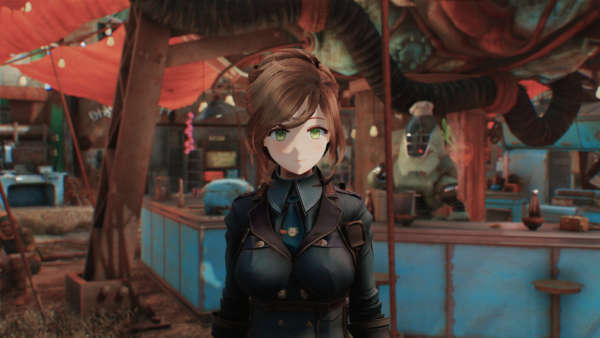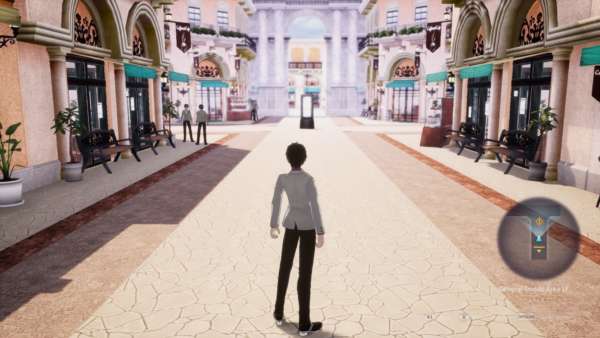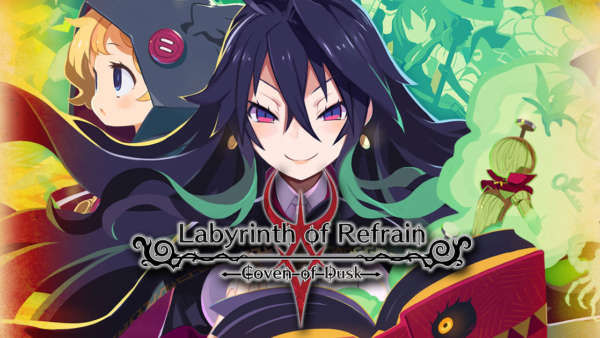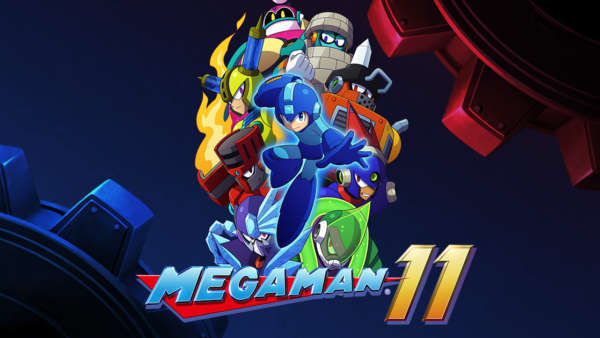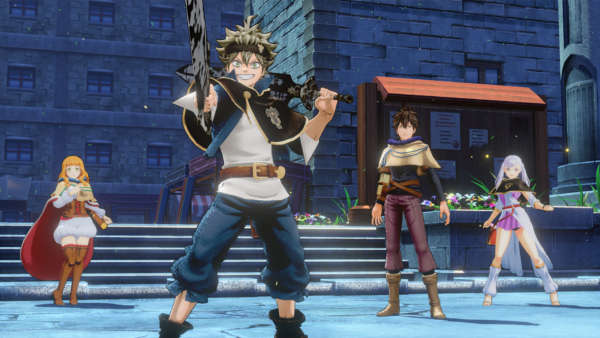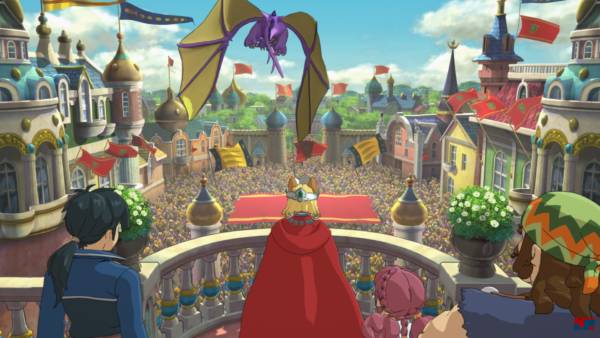When many people consider the JRPG genre, they often imagine a quest to save the world, or rescue the royal family from despair. But the latest offering from Nihon Falcom dares to make a game out of an easily attainable quest, and for the most part, this is a decision that works in its favour.
YS Memories of Celceta centres on a young man named Adol Christin, who is tasked with charting a vast and dangerous set of forests. According to several people he meets along his journey, he has journeyed there before. The only problem is that he cannot remember himself, or any of the events that he has experienced.
Accompanied through most of the game by Duren, an information trader, you must journey into the forest of Celceta to learn the lay of the land, and to restore the memories that have been lost. You can also be aided by various characters along the way, but they come and go from your party at particular points in the story, similar to the guest system in Kingdom Hearts.
As well as mapping the wilderness for the government of the land, there are several quests that can be undertaken as a distraction from the main story. They can range from obtaining specific items for a character, to performing a set of tasks around the world map. One of the most memorable quests was at the beginning of the game for a barman , where you had to sneak up on an unsuspecting cow-like creature and get some milk for an experimental beverage. As well as being unique, the quest tested your ability to perform a vital action in the game, and the experiment’s result is definitely worth the experience. There are also several towns and other locations around the outside of the forest, but you must journey through the most dangerous parts of the forest to reach them.
The battle system of Memories of Celceta is simple, but works fairly well. The square button allows the current character to attack, whilst the circle button will switch your control to another character in your party. A good thing too, as not every character’s attacks are effective against particular monsters, so switching is key. The triangle button makes your character guard themselves for a short period of time, and the cross button allows you to move quickly across the map, which is performed in a different manner by every character.
You may also map moves that you have learned to your inventory, and use them by holding the R button and pressing the symbol button you have chosen. These techniques cannot be used in the place of standard attacks however, as your energy will decrease with every optional move. If you are able to use standard attacks for a period of time, you will be able to press L, and use an all-powerful EXTRA move that you have been taught. This attack is a lot stronger than any of your previous abilities, and drains your EXTRA bar completely.
One of the game’s unique additions is that your attacks do less damage if you choose to charge at the enemy with everything you have. If you make a single attack, then back away to allow your strength to recharge, you will be able to make stronger attacks, and defeat your enemies more efficiently. This applies only to the standard attacks that do not require EXTRA energy, as they will perform the same amount of damage every time, but they will take longer to execute. This mechanic is a welcome addition, and gives the real time nature of the action battles a deeper layer of strategy that it otherwise would not possess.
Unlike many games in the series, the health of your characters does not come back over time, requiring you to make use of your inventory, or specific stones scattered across the world map which also restore your EXTRA meter. A common feature in JRPG’s is the humble save point, but in Memories of Celceta, it is possible to save your progress at any point in the adventure. While some purists of the genre may not approve of this decision, it does not make the game any less challenging to complete.
The graphics of YS Memories of Celceta are well designed for the genre in question, but there are a few shortcomings that make themselves known. On occasion, some of the characters models feel a little jagged, some animations seem a little rough and a few of the surrounding areas seem a little barren. The character portraits are standard issue anime style drawings, which only appear during specific dialogue sequences. There are only a handful of full motion video cut-scenes in the game, and they are drawn in a similar style to that of the character portraits. The videos themselves are well produced, with the intro cinematic being a particular highlight.
The soundtrack of the game is a jaunty mix of orchestral elements, with the occasional raised tempo or slower track to influence danger or despair. This applies to both the background music, and the sound effects that pop up within the game world. There is very little voice acting during the adventure, with only odd phrases spoken at random intervals. This does not take away from the experience, but some may feel it is a missed opportunity.
Overall, YS Memories of Celceta is a sturdy, well built JRPG. It builds on the mechanics and storyline established by it’s predecessors, and adds a few surprises into the mix for long time fans, such as the touch screen controls for accessing the menus and important dialogue choices. While there are occasional graphical issues and minor design flaws, they do not impair the gameplay, or the atmosphere created by the events that place.
